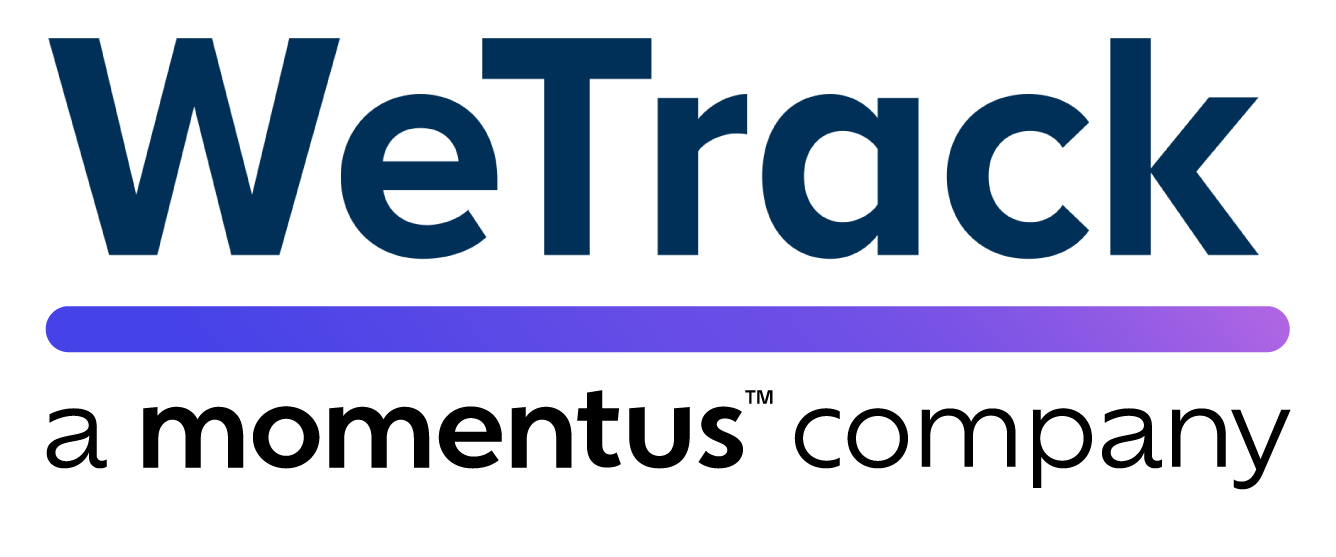A tabletop exercise can bring great value to your preparations for delivering a project or event, especially one that involves many stakeholders and external parties. If you follow these crucial steps, testing, learning and taking action, you will run a much more effective exercise.

Before
- Map scenarios. Acknowledge and list your capabilities / scenarios / things that need to be tested. These might be pieces of equipment, roles, policies, procedures, people, or any other aspect of your operations. Understand how these capabilities relate to individuals, departments and locations.
During
- Build relationships. If you are delivering a complex project with a diverse set of stakeholders, then making introductions and establishing lines of communication is one of the most important parts of your exercise. The face time and professional and social interaction of a tabletop will bring you all together as a team and enable you to know who is who and who is responsible for what.
- Test! Work your way through each scenario in an open and honest discussion, assessing how ready each scenario is for the real project. Give each scenario a status - pass, partial or fail - so that you have a quick overview of what needs attention.
- Learn lessons. As part of carrying out the exercise, record any immediate learnings from partial or failed scenarios. Discuss in that environment what might be done differently were that scenario to be tested again.
- Assign actions. From the above lessons, produce a set of actions that will improve the readiness of each scenario. Assign these actions to individuals, departments or stakeholders, and make clear what is expected with sufficient detail and clear timelines.
After
- Follow up. Following up on actions ensures that the exercises were worthwhile and that you have learned the important lessons. If you are running another tabletop exercise later, work through all previous partial or failed scenarios to ensure that they now pass. If you do not have time for another complete tabletop exercise, test each failed scenario individually as and when possible.

WeTrack has readiness, testing and exercising software that enables organisations to plan and carry out exercises like these in a collaborative and accountable way. Please get in touch if you would like to learn more.


